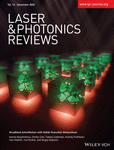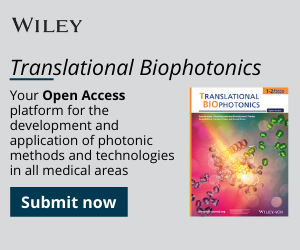Journal list menu
Export Citations
Download PDFs
Front Cover
Halide Perovskite Metasurfaces: Broadband Antireflection with Halide Perovskite Metasurfaces (Laser Photonics Rev. 14(12)/2020)
- First Published: 11 December 2020
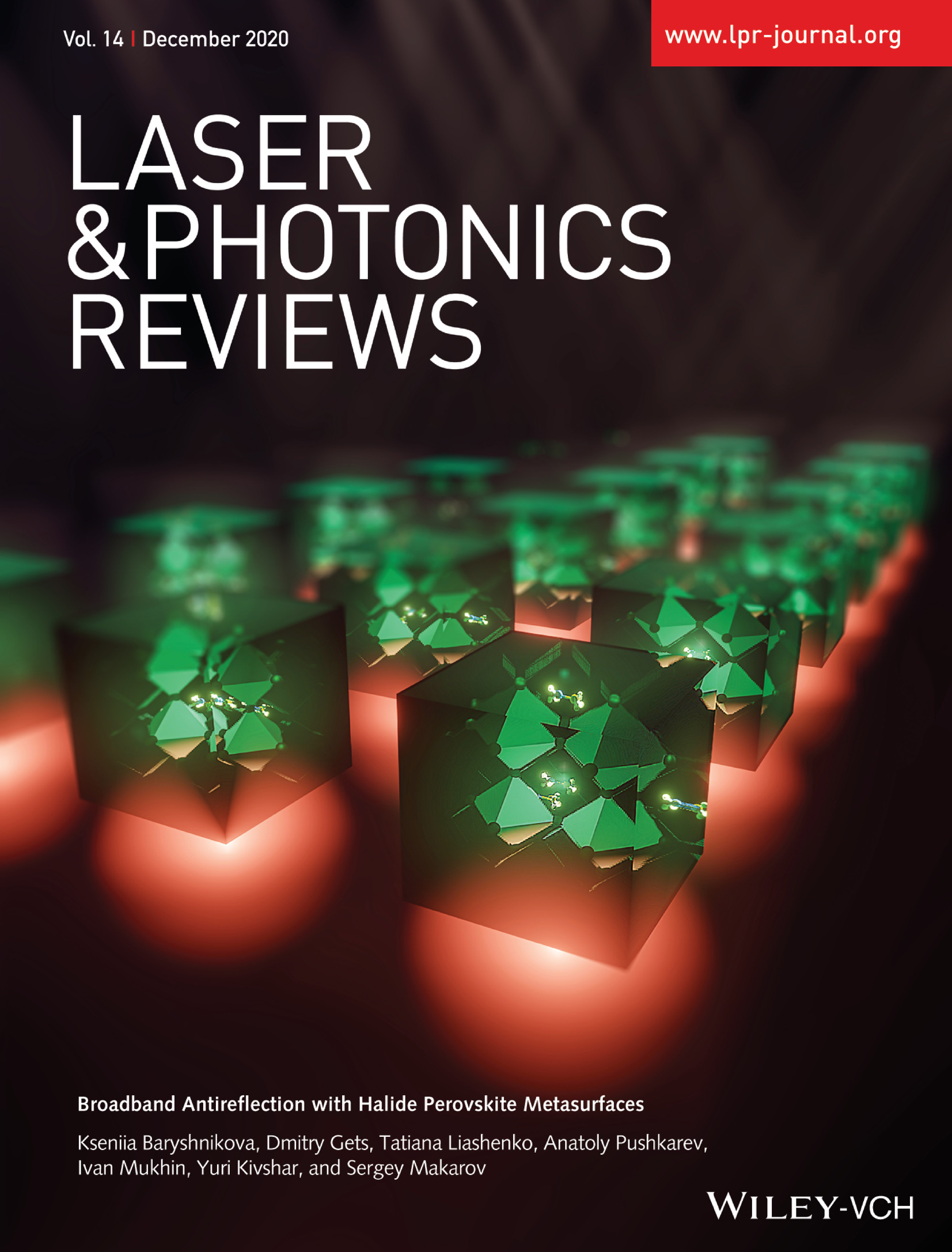
In article number 2000338, Kseniia Baryshnikova, Sergey Makarov, and co-workers study a novel type of MAPbBr3 perovskite metasurface governed by overlapping the electric and magnetic Mie resonances in each meta-atom of the structure. They demonstrate both broadband suppression of reflection and photoluminescence enhancement, which are useful for many applications of nanostructured halide perovskites in photovoltaics and semi-transparent multifunctional metadevices.
Inside Front Cover
Nanolasers: Nanolasers Based on 2D Materials (Laser Photonics Rev. 14(12)/2020)
- First Published: 11 December 2020
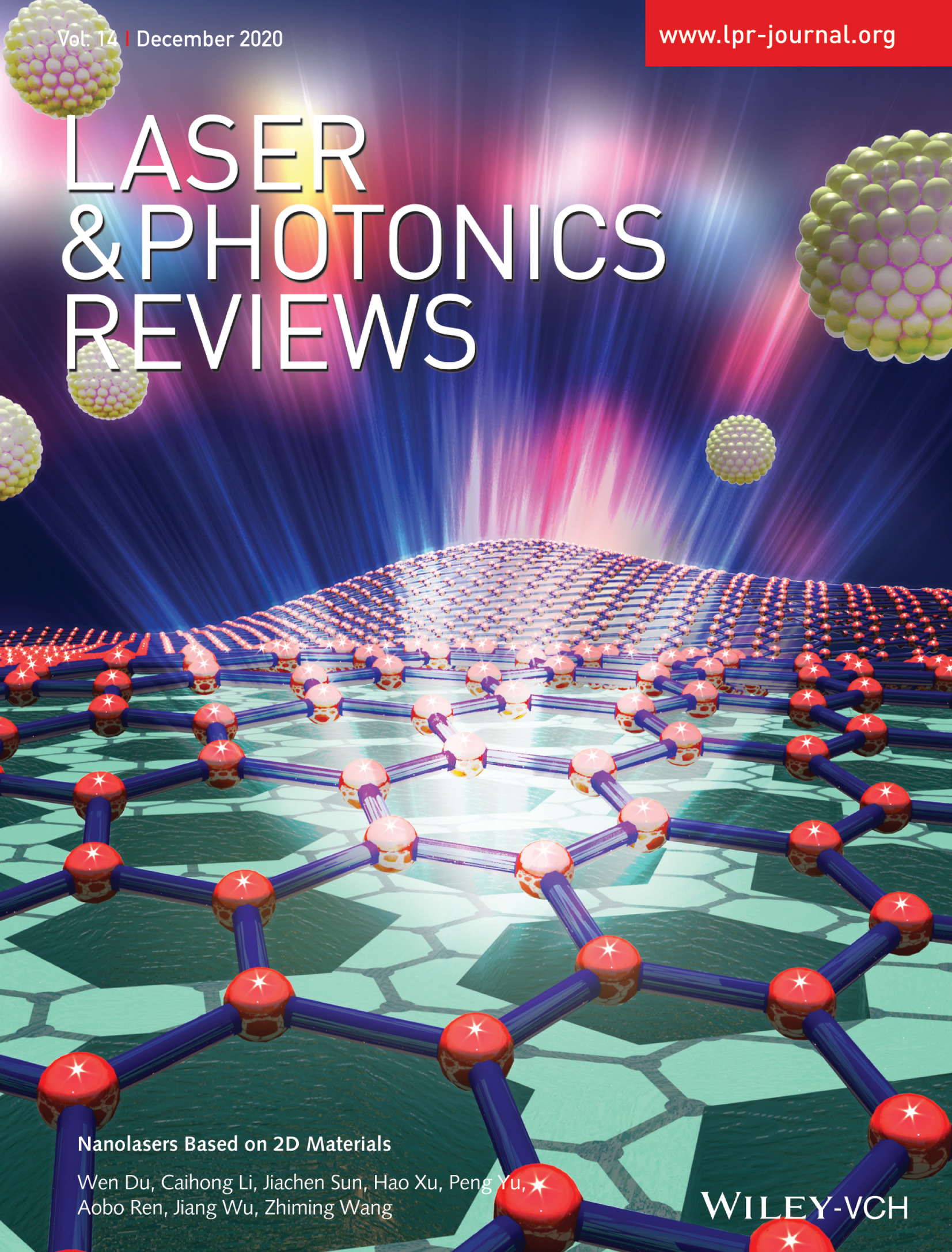
Nanolasers are promising for applications in on-chip optical computing, optical interconnects, and high-resolution imaging. Two-dimensional materials are promising gain materials for designing of nanolasers. In article number 2000271, Wen Du, Jiang Wu, Zhiming Wang, and co-workers review the optical properties of 2D materials and the research progress in nanolasers based on 2D materials.
Inside Back Cover
Optically Stimulated Luminescence Materials: Optically Stimulated Luminescence Phosphors: Principles, Applications, and Prospects (Laser Photonics Rev. 14(12)/2020)
- First Published: 11 December 2020
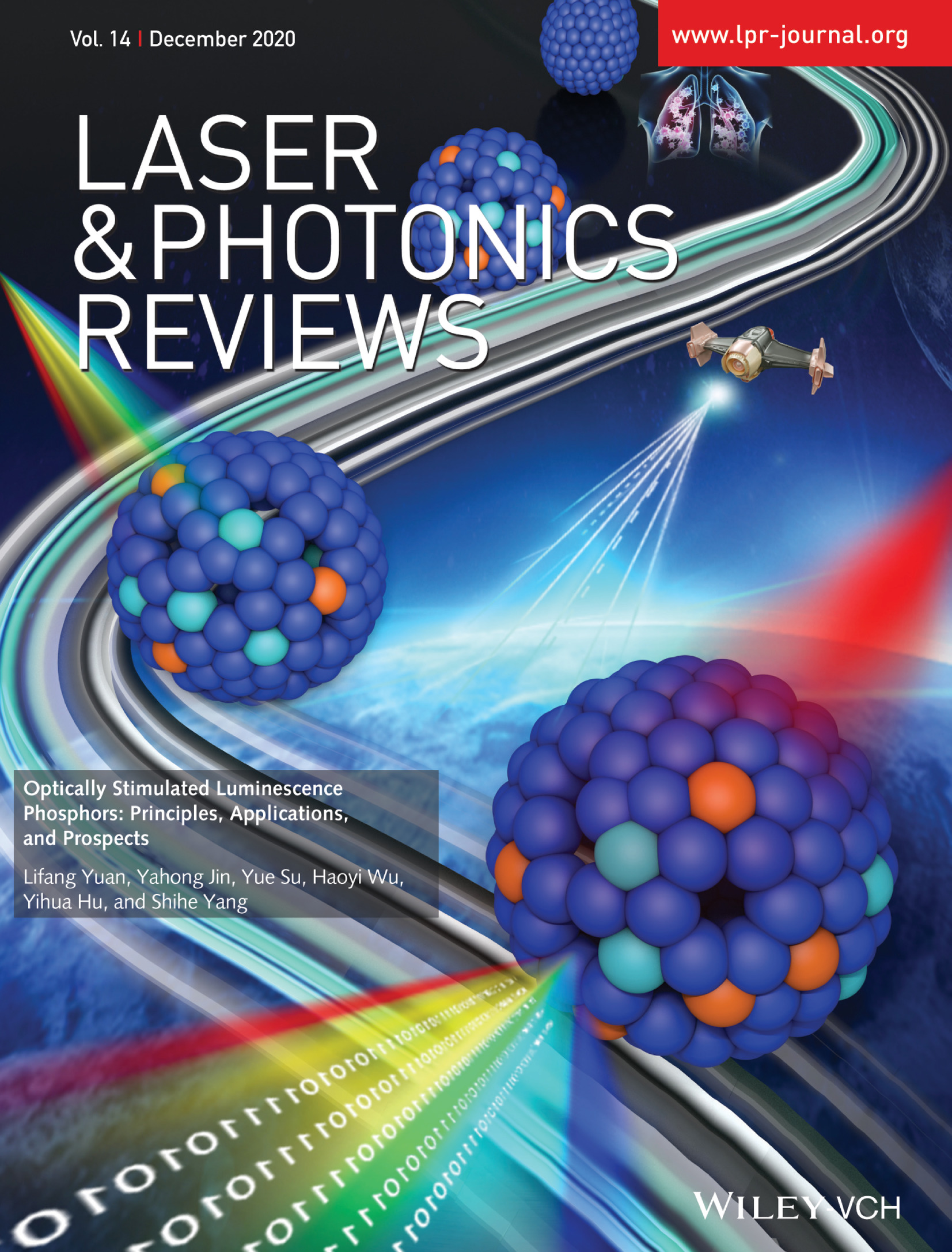
Optically stimulated luminescence (OSL) materials enable energy storage and then energy conversion to light upon photostimulation, with applications spanning from radiation dosimetry, optical data storage and security, environmental monitoring, biomedicine, clinical diagnostic, to archaeology and geology. In article number 2000123, Yahong Jin, Yihua Hu, Shihe Yang, and co-authors give a comprehensive review on the fundamental principle, design, preparation, characterization, optimization, research progress, application, mechanism, and prospect of OSL materials. The focus is placed on the discussion and summarization of trap engineering, study methodologies, the challenges, and outlooks.
Back Cover
Exciton-Exciton Annihilation Dynamics: Excitonic Transport and Intervalley Scattering Dynamics in Large-Size Exfoliated MoSe2 Monolayer Investigated by Heterodyned Transient Grating Spectroscopy (Laser Photonics Rev. 14(12)/2020)
- First Published: 11 December 2020
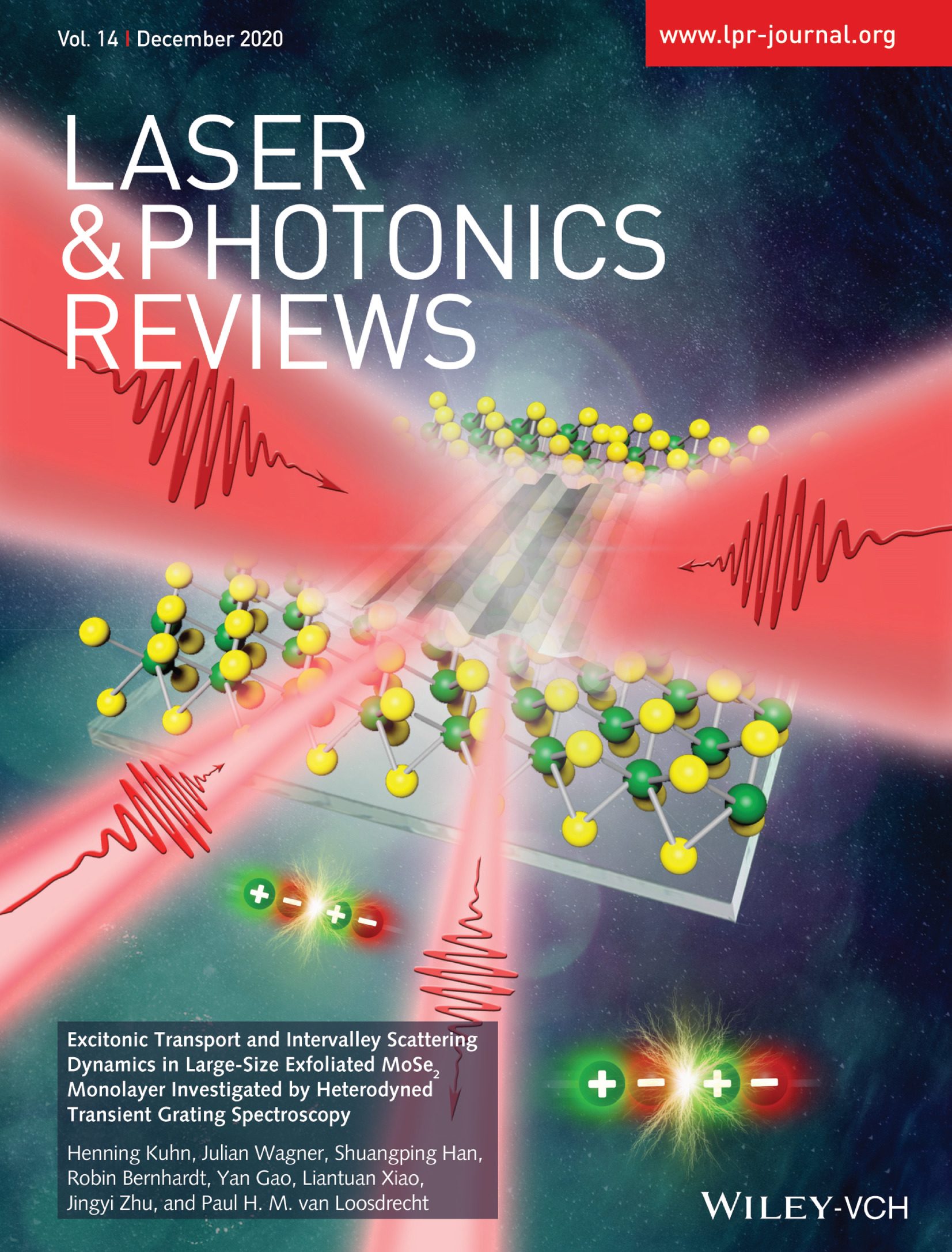
Exciton intervalley scattering, annihilation, relaxation dynamics, and diffusive transport in monolayer transition metal dichalcogenides (TMDCs) are central to the functionality of devices based on them. In article number 2000029 by Jingyi Zhu, Paul H. M. van Loosdrecht, and co-workers investigate exciton-exciton annihilation dynamics and its effect in the distortion of the diffusion grating in an exfoliated monolayer TMDC, MoSe2.
Masthead
Obituary
Reviews
Nanolasers Based on 2D Materials
- First Published: 12 November 2020

The luminescence properties of 2D materials, including graphene, transition metal dichalcogenides, black phosphorene, and topological insulators, are summarized. In addition, the research progress on different types of nanolasers based on 2D materials are reviewed, including microdisk lasers, microring lasers, photonic crystal lasers, and plasmonic lasers. Lastly, a conclusion and an outlook are given.
Optically Stimulated Luminescence Phosphors: Principles, Applications, and Prospects
- First Published: 20 October 2020
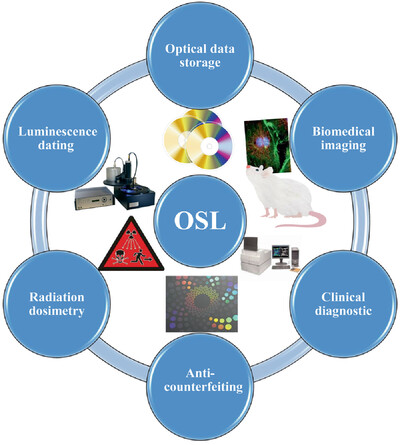
Optically stimulated luminescence (OSL) materials enable energy storage and energy conversion to light upon photostimulation. Here, a comprehensive review is provided on the fundamental principle, design, preparation, characterization, optimization, research progress, application, mechanism, and prospect of OSL materials. The focus is placed on the discussion and summarization of trap engineering, study methodologies, the challenges, and outlooks.
Machine Learning and Digital Twin Driven Diagnostics and Prognostics of Light-Emitting Diodes
- First Published: 21 October 2020
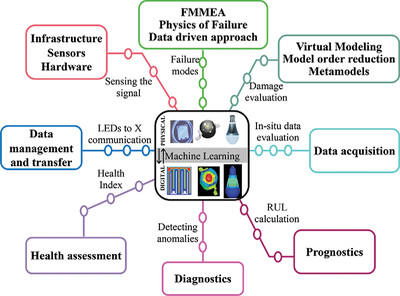
Due to the limitations manifested by conventional methods, machine learning approaches arise as powerful tools to enhance the reliability assessment and lifetime prediction of light-emitting diodes (LEDs) products with a better accuracy and faster computation. The future trend shows the emergence of digital twins through machine learning algorithms to simulate and analyze the performance behavior of LEDs.
Hybrid/Integrated Silicon Photonics Based on 2D Materials in Optical Communication Nanosystems
- First Published: 12 November 2020
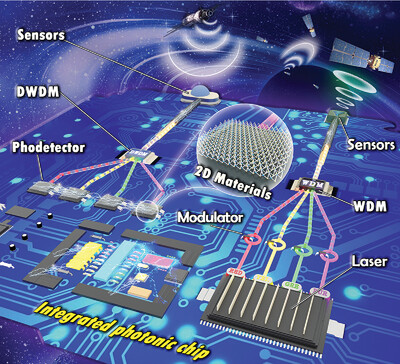
The current advancements in the on-chip applications of Si photonics-2D materials heterostructures are reviewed and discussed, including all essential chip-scale modules and integrated photonic circuits, as well as the future prospective and challenges. This work sets out to objectively measure the feasibility of hybrid integration between Si photonics and 2D materials in on-chip optical communications and some advanced applications beyond.
Microfluidic Whispering Gallery Mode Optical Sensors for Biological Applications
- First Published: 16 November 2020
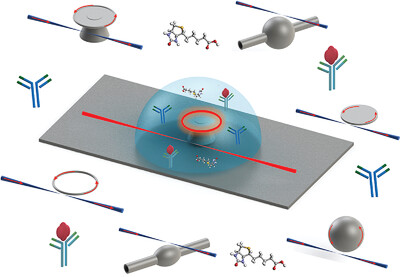
The current state-of-the-art in microfluidic whispering gallery mode (WGM) resonators is reviewed. Different sensing mechanisms and various geometries of WGM cavities are described in detail. Moreover, the latest trends on the integration of WGM resonators with microfluidic devices are introduced. Finally, recent applications of microfluidic-based WGM sensors for detecting biological and chemical target molecules are discussed.
Letter Article
Thresholdless Transition to Coherent Emission at Telecom Wavelengths from Coaxial Nanolasers with Excitation Power Dependent β-Factors
- First Published: 08 November 2020
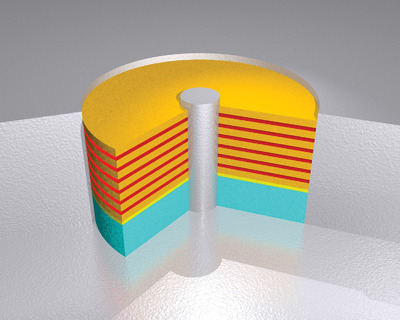
High-β metal-clad coaxial nanolasers, which facilitate thresholdless lasing are investigated with regard to their optical and quantum-optical properties. This joint experimental and theoretical work confirms that even a thresholdless laser does have a finite threshold pump power and must not be confused with a hypothetical zero-threshold laser. Moreover, the microscopic theory reveals an excitation power dependent β-factor of the nanolasers.
Original Papers
Broadband Antireflection with Halide Perovskite Metasurfaces
- First Published: 08 November 2020
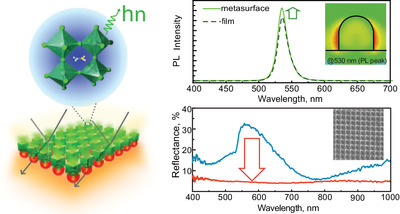
The generalized Kerker conditions are employed to overlap electric and magnetic Mie resonances in each meta-atom of MAPbBr3 perovskite metasurface, and broadband suppression of reflection down to 4% is demonstrated. It is revealed that metasurface nanostructuring is also beneficial for the enhancement of photoluminescence. These results may be useful for applications of nanostructured halide perovskites in photovoltaics and semi-transparent multifunctional metadevices.
Excitonic Transport and Intervalley Scattering Dynamics in Large-Size Exfoliated MoSe2 Monolayer Investigated by Heterodyned Transient Grating Spectroscopy
- First Published: 16 November 2020
Hybrid Schemes for Excitation of Collective Resonances with Surface Plasmon Polaritons in Arrays of Quantum Dots in the Proximity of Graphene
- First Published: 28 September 2020
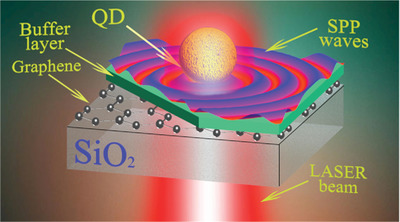
The hybrid optoplasmonic multi-level scheme of near-resonant interaction of laser pump and signal surface plasmon polariton with semiconductor quantum dots (QDs) placed in the proximity of a graphene surface is considered. The effect of the near-field light concentration in an array of QDs placed above the graphene is shown.
Robust Polariton Bose–Einstein Condensation Laser via a Strong Coupling Microcavity
- First Published: 01 October 2020
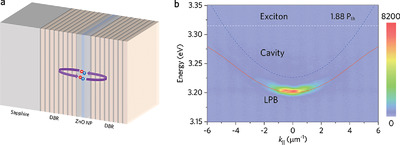
A nanoplate microcavity is utilized to realize robust polaritons in the strong-coupling regime. With an increase of the exciton density, the polaritons undergo a transition to Bose–Einstein condensation lasing. Its evolution presents the typical blue-shift, and its saturation behavior shows that the interaction strength, which is two orders of magnitude higher than reported values, is deduced from the renormalization.
Spontaneous Emission of Plasmon-Exciton Polaritons Revealed by Ultrafast Nonradiative Decays
- First Published: 15 September 2020
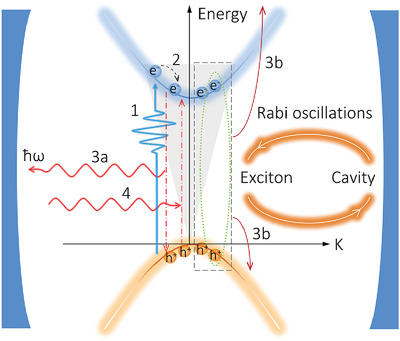
The spontaneous emission intensity of plasmon-exciton polaritons can be revealed by ultrafast nonradiative decays, named as the nonradiative effect. This effect is not affected by the coherent energy exchange, because final states of nonradiative decays are decoupled from Rabi oscillations. Furthermore, the nonradiative effect is also established under intermediate coupling, which confirms its validity at a variety of coupling regimes.
Metasurface-Enhanced Lab-on-Fiber Biosensors
- First Published: 06 September 2020
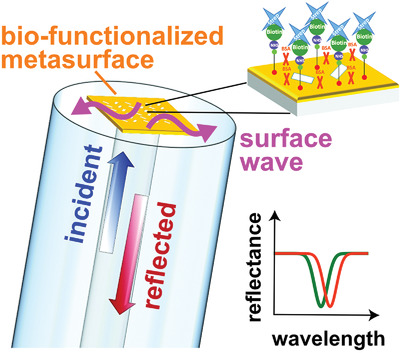
A “meta-tip” optrode is proposed which integrates a plasmonic metasurface on the tip of an optical fiber, designed so as to impart a phase gradient that efficiently excites a surface wave. Via suitable biofunctionalization, the optrode can detect biomolecular (Biotin–Streptavidin) interactions in terms of wavelength shift in the reflectivity response. Results are of interest for real-time diagnosis via liquid biopsy.
Influence of Transverse Cross-Phases on Propagations of Optical Beams in Linear and Nonlinear Regimes
- First Published: 19 October 2020
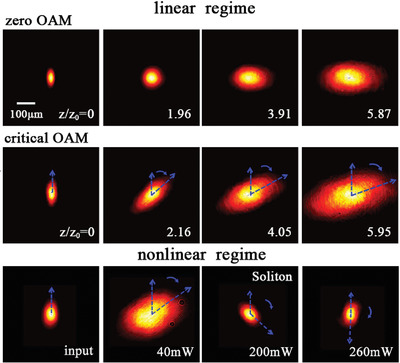
Orbital angular momentum (OAM) carried by an elliptic Gaussian beam (EGB) with a cross-phase can induce an effective anisotropic diffraction. Such a phenomenon is experimentally demonstrated via propagations of the EGBs with OAM in linearly and both-linearly-and-nonlinearly isotropic media. In linear and nonlinear regimes, spiraling elliptic Gaussian modes and spiraling elliptic solitons are observed, respectively.
Harnessing Evanescent Waves by Bianisotropic Metasurfaces
- First Published: 13 September 2020
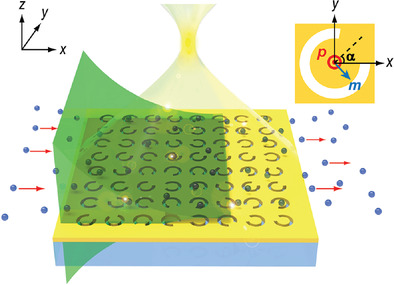
It is shown that the phase, polarization state and beam profile of the emission from evanescent waves can be efficiently manipulated by utilizing the electric and magnetic dipoles of a bianisotropic C-aperture metasurface. The results manifest a new paradigm for metasurfaces to work in the critical near-field region to harness the wealth of energy and information carried by evanescent waves.
Generative Deep Learning Model for Inverse Design of Integrated Nanophotonic Devices
- First Published: 20 October 2020
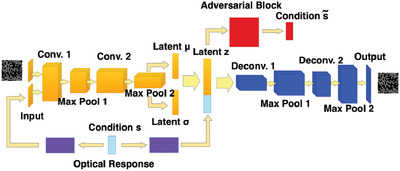
A novel conditional variational autoencoder (CVAE) model for designing nanopatterned integrated photonic components is proposed. The prediction capability of the CVAE model can be significantly improved by adversarial censoring and active learning. Generation of nanopatterned power splitters with arbitrary splitting ratios and 550 nm broadband optical responses with >90% transmittance are demonstrated.




